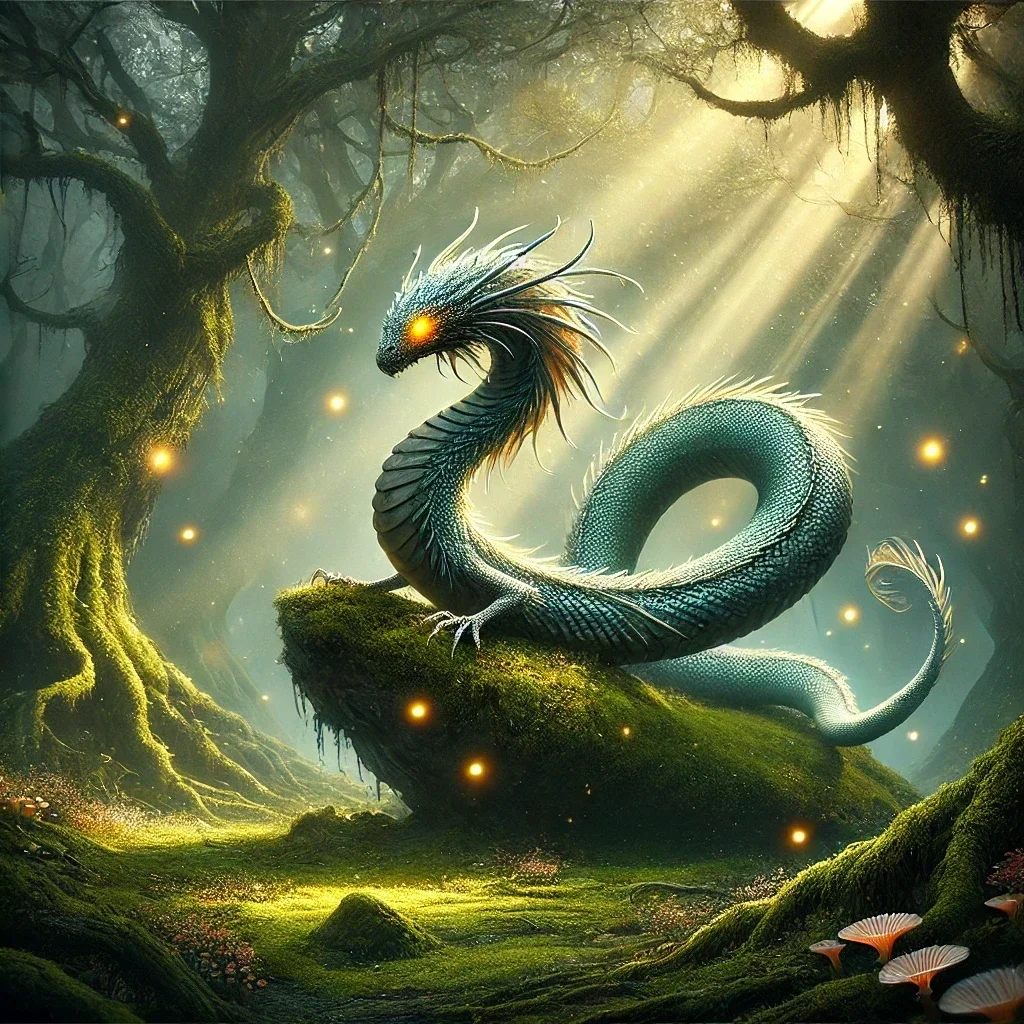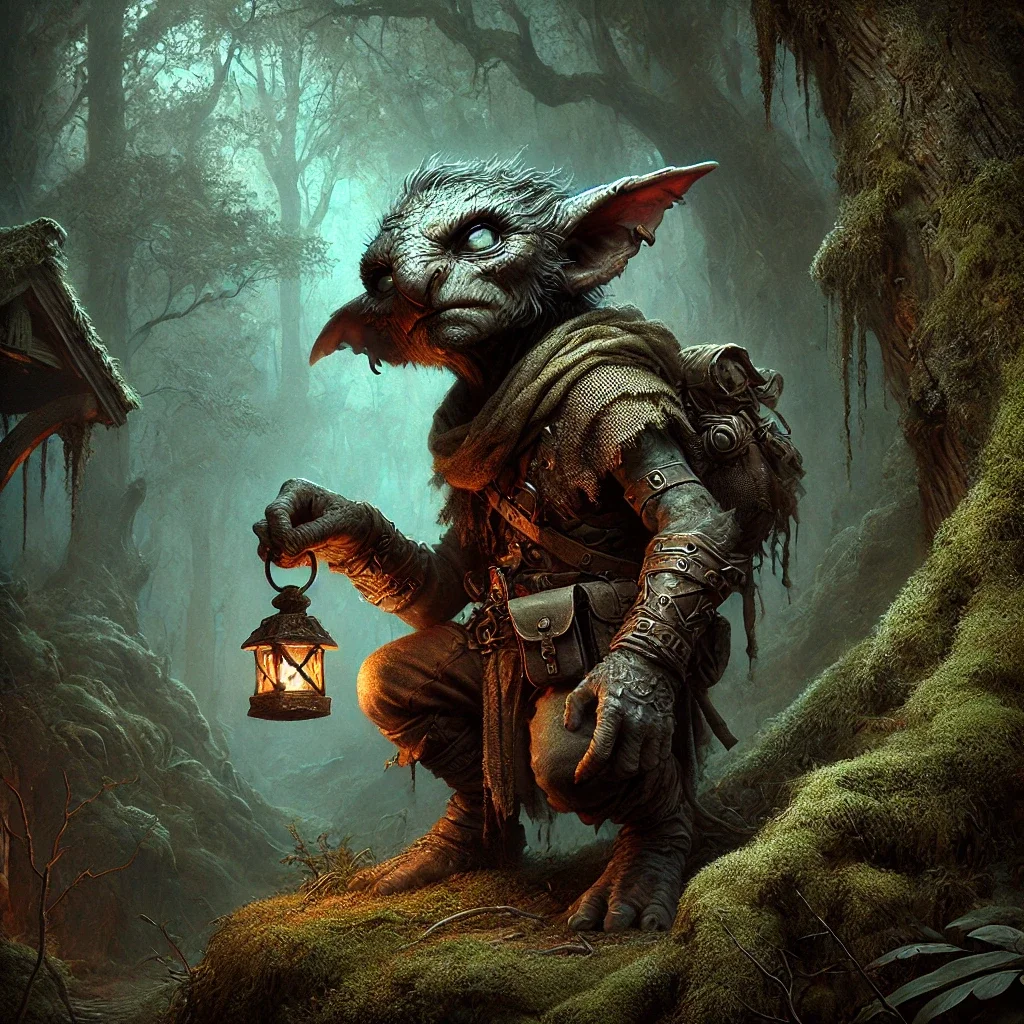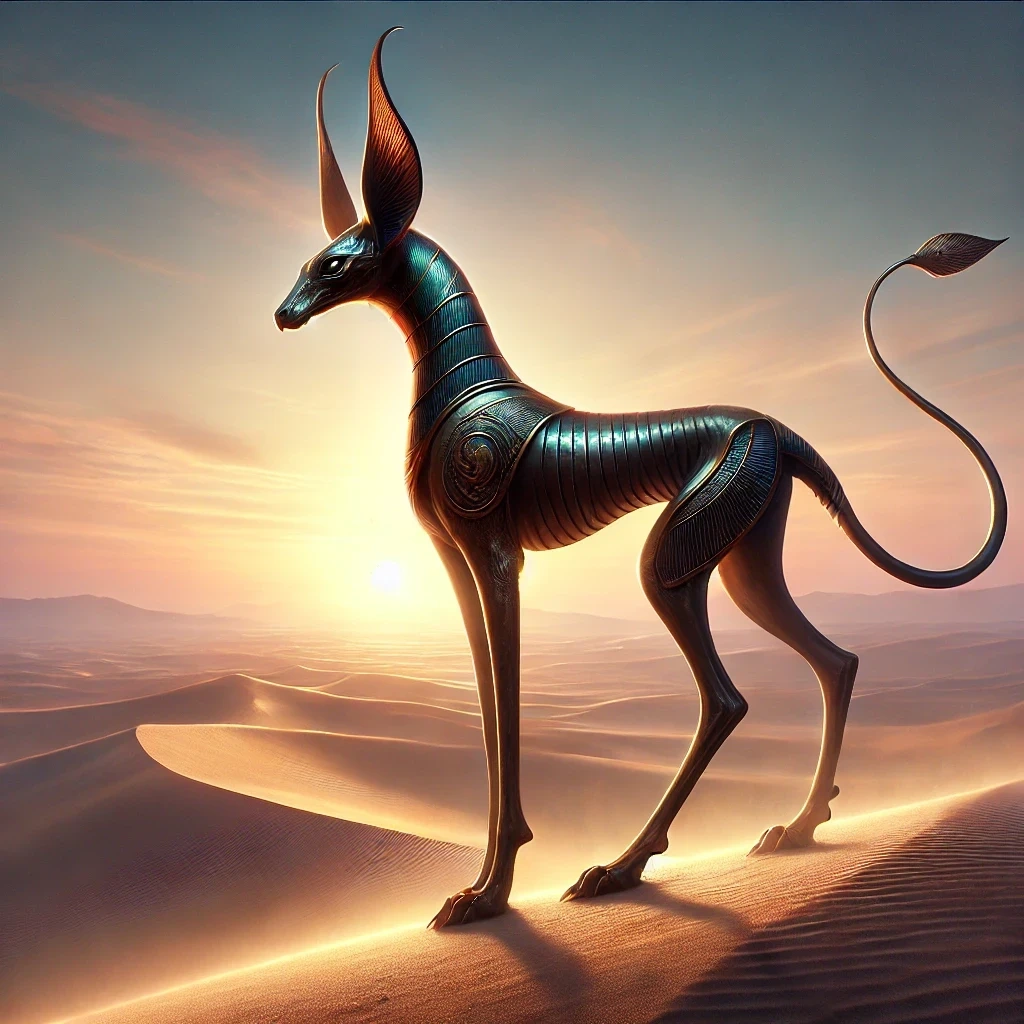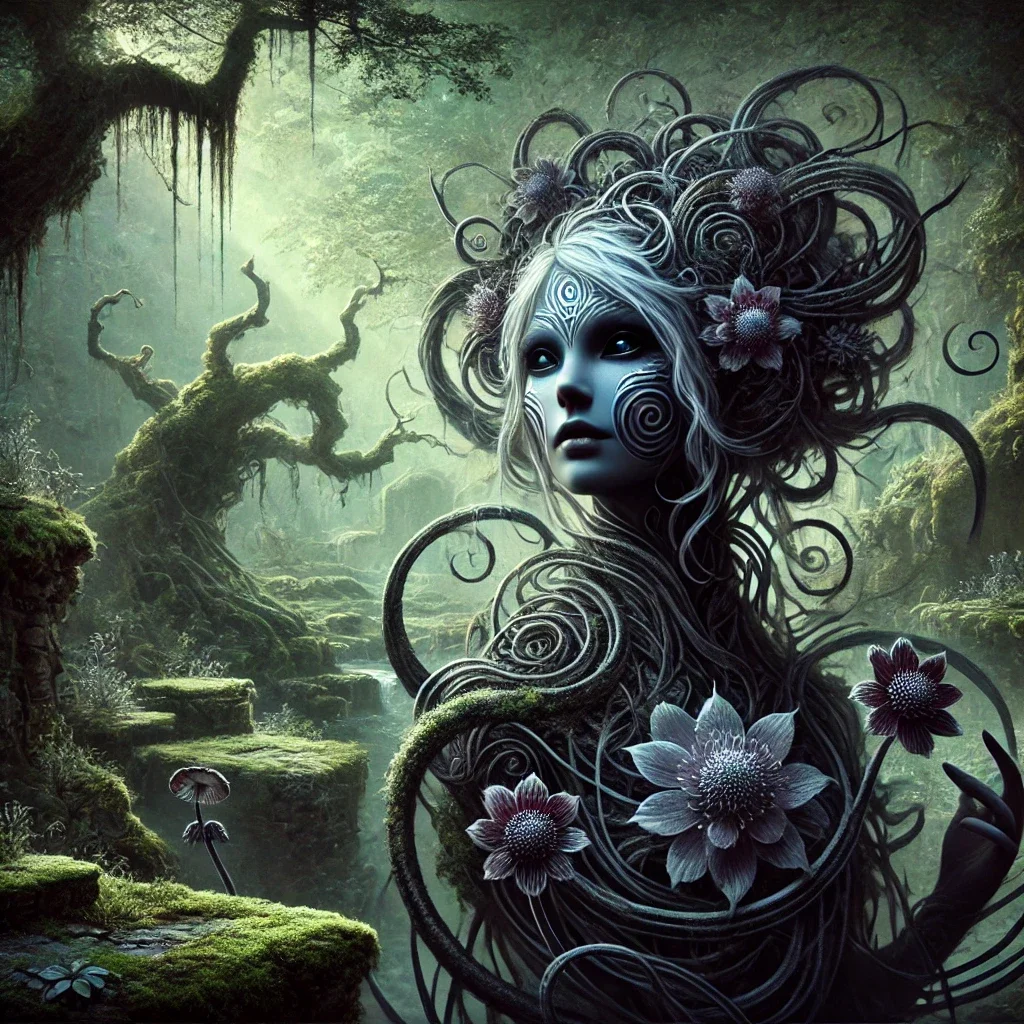The Lindworm, a fascinating creature of ancient Germanic mythology, has long captivated storytellers and scholars alike. Often depicted as a serpent-like dragon with two legs and a terrifying presence, this mythical being features prominently in folklore across Northern and Central Europe. The Lindworm embodies a complex mixture of awe and dread, serving as a symbol of both destruction and transformation.
Historical & Cultural Background
The origins of the Lindworm can be traced back to early Germanic and Norse mythology, with stories emerging as early as the pre-medieval era. In these tales, the Lindworm often appeared as a guardian of treasure or a harbinger of doom, reflecting the deeply symbolic role of serpents in ancient Germanic culture.
Early Germanic Roots
The word “Lindworm” derives from the Old High German term “lint,” meaning “serpent,” and “wyrm,” meaning “dragon” or “worm.” These terms highlight the creature’s reptilian form and its place in the mythological lexicon of the time.
Evolution Through the Ages
As centuries passed, the image of the Lindworm evolved. In medieval Europe, it became a prominent feature of bestiaries, where it was depicted as a dragon-like beast with formidable strength. The creature’s association with royalty and heraldry also grew, appearing on coats of arms as a symbol of power and vigilance.
Myths & Legends
The Lindworm is featured in numerous myths and folktales, often embodying themes of greed, transformation, and redemption. Its stories vary across regions, from Scandinavia to the Alps, each offering unique interpretations of the creature’s character and role.
The Lindworm Prince
One of the most famous legends is the tale of the Lindworm Prince. In this story, a queen unknowingly gives birth to a Lindworm due to a magical mishap. The creature demands a bride but devours each one until a clever maiden uncovers the secret to breaking the curse, transforming the Lindworm back into a human prince.
Treasure Guardians
Another common motif is the Lindworm as a treasure guardian. These tales often depict the creature coiled around a mound of gold, fiercely protecting it from would-be thieves. Such stories underline the Lindworm’s dual nature as both a fearsome beast and a symbol of great wealth.
Symbolism & Meaning
The Lindworm’s serpentine and dragon-like features lend it a rich tapestry of symbolic meanings across various cultures. In some traditions, it represents greed and destruction, while in others, it symbolizes transformation and renewal.
Duality of Nature
In Germanic folklore, the Lindworm embodies duality. Its fearsome form and predatory behavior often symbolize chaos and destruction. However, its association with treasure and hidden wisdom suggests themes of transformation and enlightenment.
Regional Variations
In Scandinavian tales, the Lindworm is sometimes seen as a protective guardian, while in Alpine folklore, it is more frequently portrayed as a malevolent force. These differing perspectives highlight the creature’s adaptability as a symbol across cultures.
Associated Environments or Ecosystems
The Lindworm is said to inhabit a variety of environments, each contributing to its mythical allure. Its presence often signifies sacred or forbidden places steeped in mystery.
Forests and Caves
Many tales place the Lindworm in dense forests or dark caves, environments that evoke a sense of danger and secrecy. These settings reinforce its role as a guardian of hidden treasures.
Mountainous Regions
In Alpine folklore, Lindworms are commonly associated with mountains, where they are believed to dwell in remote and inaccessible locations. These regions are often linked to sacred or mystical significance.
Powers & Abilities
The Lindworm’s mythical abilities make it a formidable and fascinating creature. From its immense strength to its supernatural capabilities, the Lindworm commands both fear and respect.
Offensive and Defensive Capabilities
The creature’s scales are often described as impenetrable, making it nearly invincible in combat. Its venomous bite adds another layer of danger, emphasizing its role as a deadly adversary.
Mystical Attributes
In some legends, the Lindworm is said to possess the ability to curse or enchant humans. These powers further enhance its reputation as a creature of both magic and menace.
Interactions with Humans & Cultural Impact
Throughout history, the Lindworm has been a prominent figure in human folklore and culture. Its image has inspired fear, reverence, and even artistic expression.
Folklore and Traditions
Tales of the Lindworm often serve as cautionary stories, warning against greed or hubris. In some regions, rituals and festivals were held to appease the creature or celebrate its mythical legacy.
Modern References
The Lindworm continues to capture the imagination in modern media, appearing in literature, video games, and films. Its enduring appeal lies in its multifaceted nature, allowing creators to reinterpret it for new audiences.
Connections to Other Creatures
The Lindworm shares similarities with various mythical beings, highlighting its place within a broader mythological framework.
Dragons and Serpents
As a two-legged dragon, the Lindworm occupies a middle ground between traditional dragons and giant serpents. This duality connects it to a wide range of mythical creatures across different cultures.
Wyverns and Wyrms
The Lindworm is often compared to wyverns and wyrms, creatures that also feature prominently in European mythology. These comparisons underscore its shared heritage and thematic connections with other legendary beasts.
Interesting Facts & Curiosities
- The Lindworm is often depicted with two legs, setting it apart from traditional four-legged dragons.
- In heraldry, the Lindworm symbolizes vigilance and protection.
- Some legends suggest that the Lindworm’s blood has magical healing properties.
- The creature is featured in the folklore of countries such as Germany, Austria, and Denmark.
- The Lindworm’s name has been used for roller coasters and other entertainment attractions.
- Its dual nature as both a destroyer and guardian mirrors the duality of human nature.
- The Lindworm’s stories often involve a moral lesson, such as the dangers of greed or pride.
- In some traditions, defeating a Lindworm is seen as a rite of passage for heroes.
- The Lindworm remains a popular subject in fantasy art and storytelling.



